Van Cleef & Arpels lead the way with emerald & diamond high jewellery
The level of detail that goes into the creation of fine jewellery is truly breathtaking! High jewellery designers Van Cleef & Arpels have developed a formidable reputation as industry leaders, most notably with their collections of coloured gem pieces. Van Cleef have a pedigree which dates back to the nineteenth century, when Alfred Van Cleef and his father-in-law, Saloman Arpels, founded the company in 1896. In 1906, following Arpel’s death, Alfred and two of his brothers-in-law, Charles and Julien, acquired a shop at 22 Place Vendôme, opposite the Paris Ritz, and opened their first boutique. Shortly afterwards Louis, the third Arpels brother, joined the burgeoning business. Over 110 years later, they are still trading from this prestigious location in the heart of the French Capital.
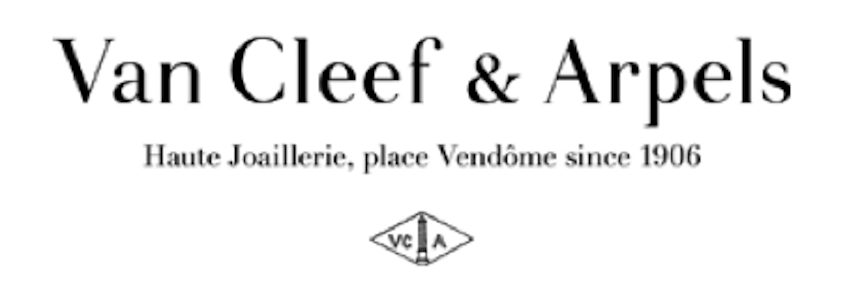
In the years that followed, Van Cleef & Arpels began to open new boutiques in popular tourist destinations of the day, such as Monte Carlo, Nice, Le Touquet, Vichy and Deauville. In 1925 they achieved international acclaim when they won the grand prize at the International Exposition of Modern Industrial and Decorative Arts, otherwise known as the 1925 Paris Exhibition. The following year Alfred’s daughter Renée Puissant became the company’s artistic director. Renée teamed up with the world renowned draftsman René Sim Lacaze, in a fruitful partnership that lasted more than two decades. In the years that followed Van Cleef & Arpels went from strength to strength and achieved some notable successes, including being the first French jewellers to open boutiques in Japan and China.
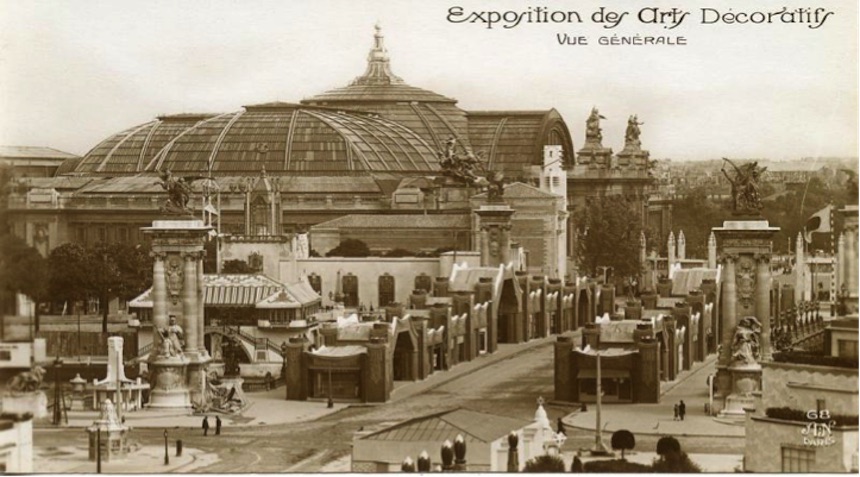
Van Cleef pieces are characterised by the frequent feature of flowers, animals and fairies. They have adorned such twentieth century icons as Elizabeth Taylor, Grace Kelly, the Duchess of Windsor, Empress Farah and Jordan Paterra. Today the company has boutiques around the globe, with its products offered in standalone stores and within major department stores and independent retailer outlets. It’s standalone outlets include Geneva, Milan, Shanghai and Paris as well as New York, Beverley Hills, Chicago, Houston and Las Vegas in the United States. The company has developed its online presence significantly in recent years and it has a burgeoning e-commerce website, enabling them to reach customers almost anywhere in the world. Van Cleef achieve annual sales totalling more than $500 million.
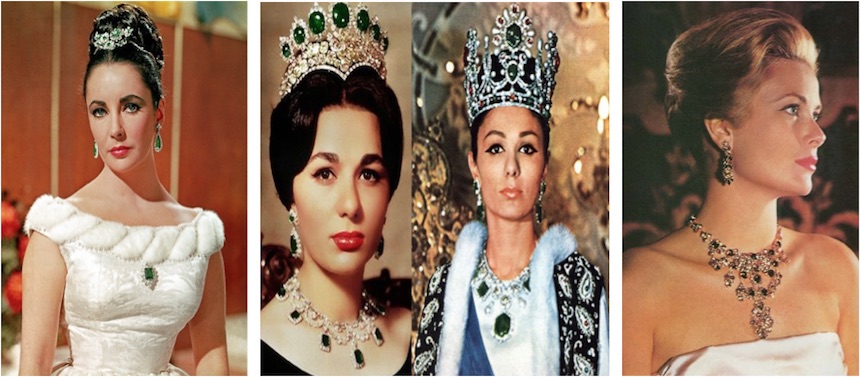
One of the things that sets Van Cleef & Arpels collections apart from many others is their creative use of coloured gems. They have successfully resisted the twentieth century pressures, principally applied by De Beers, to bias their collections towards diamonds. Referring to their emerald collection in their own words:
“The Émeraude en majesté collection bears witness to the special attachment that Van Cleef & Arpels has always felt for this precious stone. Like a demanding, patient and enthusiastic collector, the Maison has taken the time to search the world for exceptional emeralds. It now pays tribute to them with a set of interpretations that reveal all their beauty and character.” (vancleefarpels.com)

The accompanying description to explain Van Cleef & Arpels’ ‘Majestic Emerald’ collection includes pictures of the stones before they are set and an explanation of what they go through in order to get them to that point. A good example of this is the Twist Emeraude bracelet, a torque bracelet of the sort seen in the house’s archives from the 1920s. The piece itself consists of a twist of gemstone stripes of violet sapphires and diamonds, each end culminating in what appears to be a luminous emerald marble. However, when photographed loose the stones appear to be two mounds of emerald-green jelly.
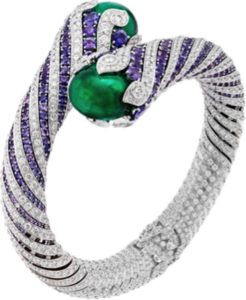
Each of the 2 centre stones in the Twist Emeraude bracelet is an exquisite 20 carat cabochon emerald. They could have been mounted into separate rings or set into almost any piece of fine jewellery but Nicolas Bos, the suave creative director at Van Cleef & Arpels, decided to encase them in the ends of a twisted bangle, evoking the impression of two intertwining lovers. As highlighted in a recent article in Luxury Insider Magazine, former Van Cleef & Arpels “CEO de Quercize used to say that the acronym ‘VCA’ did not just stand for Van Cleef & Arpels but also Very Creative Artists. As one of those artists, Bos has a deep understanding about the character of Van Cleef & Arpels and cuts quite a different figure than the typical company man.”

Another interesting development made by Van Cleef & Arpels was the Serti Mysterieux or ‘Mystery Setting.’ This was a patented proprietary gem setting, pioneered by the company, which employed a setting where the prongs are invisible. Developed in 1933, the process involves each stone being faceted onto gold rails less than 0.2 millimetres thick. The technique is so painstaking that it can require up to 300 man hours or more per piece. Consequently, only a few such creations are completed each year and rival jewellers have not adopted this method more widely, despite Chaumet and Cartier filing similar patents in 1904 and 1933 respectively.
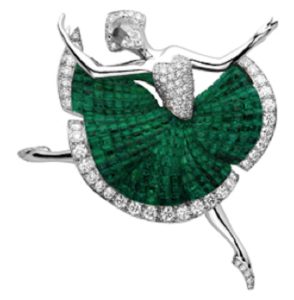
One of the remarkable things about Van Cleef & Arpels is the fact they produce everything by hand from scratch. In an age of mass production and standardisation, the use of a sketch pad and a work bench to produce such beautiful creations seems like a throw back from a bye gone era. In an example of the intricate nature of a recent VCA piece, the Claudine Necklace “nine emerald-cut emeralds, totalling over 42 carats, make up a sweeping saga of a piece with two detachable parts. Seven of these emeralds stud a drapery of diamonds, while the two larger emeralds form two hanging drops both at the front and the back of the necklace – both of which can be detached. The back of the necklace may only sport one of these prized green stones, but makes for a particularly dramatic rear view.” (Telegraphy Luxury, 2016) This clearly illustrates the spirit of VCA!

Visit London DE’s blog to explore similar articles.


